Marucho is a beloved cut of offal in Japan, known for its rich, juicy flavor and satisfying texture. Often enjoyed in yakiniku restaurants, this fatty delicacy has a deep umami taste that keeps people coming back for more. Whether you’re a fan of horumon or just curious about Japan’s offal culture, marucho is a must-try experience. Want to know what makes it so special? Keep reading to discover its unique appeal, history, and best ways to enjoy it!
What is Marucho?
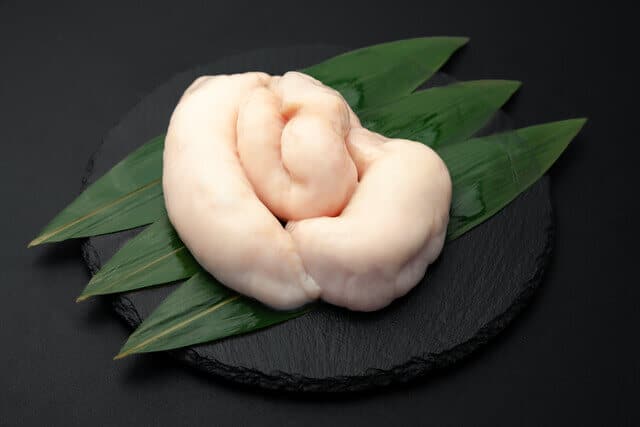
Marucho (マルチョウ) is a popular type of horumon (offal) in Japan, specifically referring to beef small intestines. Known for its rich fat content and slightly chewy texture, marucho is a favorite in yakiniku (Japanese barbecue) restaurants. When grilled, its outer layer becomes crispy while the inside remains juicy, releasing a delicious umami flavor with a hint of sweetness. Due to its high fat content, often seasoned simply with salt or tare sauce to enhance its natural taste. Before cooking, marucho is carefully cleaned to remove any impurities, ensuring a pleasant eating experience. Loved for its satisfying chew and rich flavor, this dish is a must-try for those who enjoy Japanese offal dishes.
Marucho History
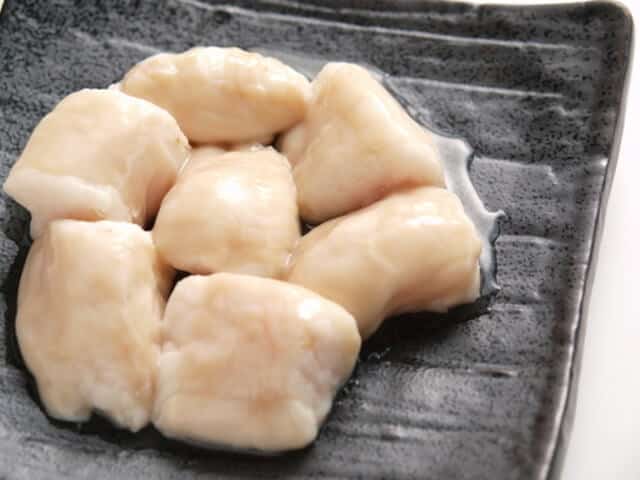
The history of Marucho (マルチョウ) in Japan is closely tied to the development of horumon-yaki (ホルモン焼き), a style of Japanese cuisine that features grilled offal. The term “horumon” originates from the Kansai dialect, meaning “discarded items,” but in the context of food, it refers to various edible organ meats.
Offal consumption became particularly popular in Japan after World War II, when food shortages led people to utilize every part of the animal. Horumon-yaki gained traction in Osaka in the late 1940s, thanks to Korean immigrants who introduced grilling techniques and flavorful marinades. Over time, different types of offal, including this dish (beef small intestine), became widely enjoyed for their rich flavor and affordability.
As yakiniku culture flourished in Japan, particularly from the 1960s onward, this dish established itself as a staple in yakiniku restaurants. Its high-fat content and juicy texture made it especially appealing, and its reputation as a collagen-rich cut further increased its popularity. Today, marucho remains a beloved choice for horumon lovers across Japan, enjoyed for its indulgent taste and unique mouthfeel.
Texture and Taste of Marucho
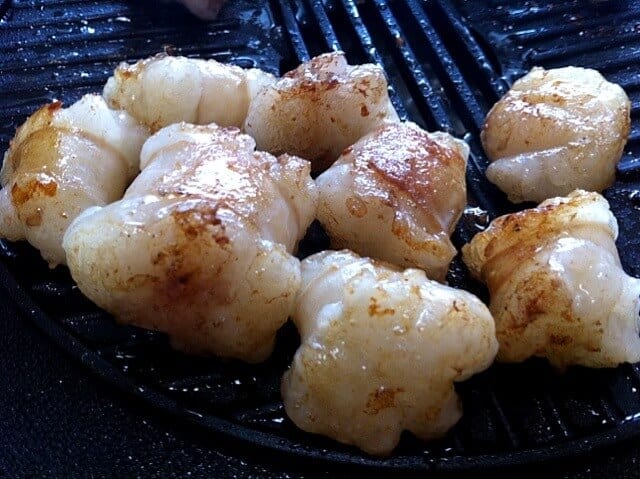
Marucho has a uniquely soft and springy texture that becomes irresistibly rich when grilled. As you bite into it, the abundant fat melts, releasing a deep umami flavor. Among various offal cuts, marucho stands out for its thick, fatty portion, giving it a rich, creamy, and slightly sweet taste. Packed with collagen, making it particularly popular among those who appreciate its potential skin-nourishing benefits. Loved by people of all ages, from children to adults, marucho remains a favorite despite its relatively high calorie content—about 280 kcal per 100g. However, it is also a great source of vitamin B12, which plays a key role in preventing anemia.
FAQ
- What is Marucho?
-
Marucho is a part of the small intestine of a cow and is a popular yakiniku menu item. It is characterized by its unique texture and flavor.
- What is the correct way to grill Marucho?
-
Because Marucho has a lot of fat, it is recommended to grill it over high heat for a short time. It is ideal to grill the surface until it is crispy and keep the inside juicy.
Final Thoughts
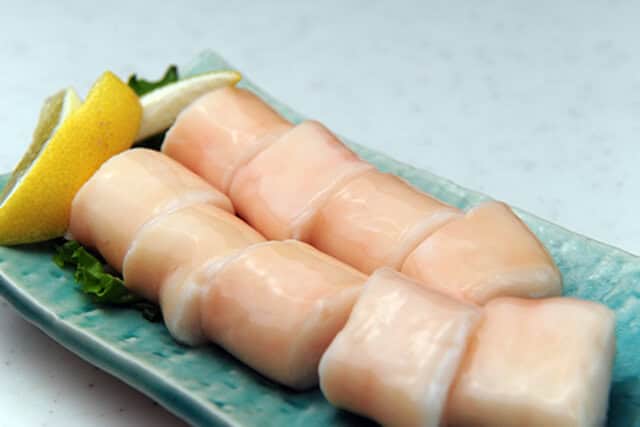
Whether you’re enjoying it at a yakiniku restaurant or trying it at home, this dish offers a delicious experience that’s hard to forget. If you ever find yourself in Japan, don’t miss the chance to savor this delicious offal—be sure to try some marucho and discover its irresistible charm for yourself!
If you enjoyed learning about marucho, you might also want to try other flavorful horumon cuts like shimacho (beef large intestine) or motsunabe (offal hot pot)—each offering its own unique taste and texture that make Japan’s offal cuisine truly special!
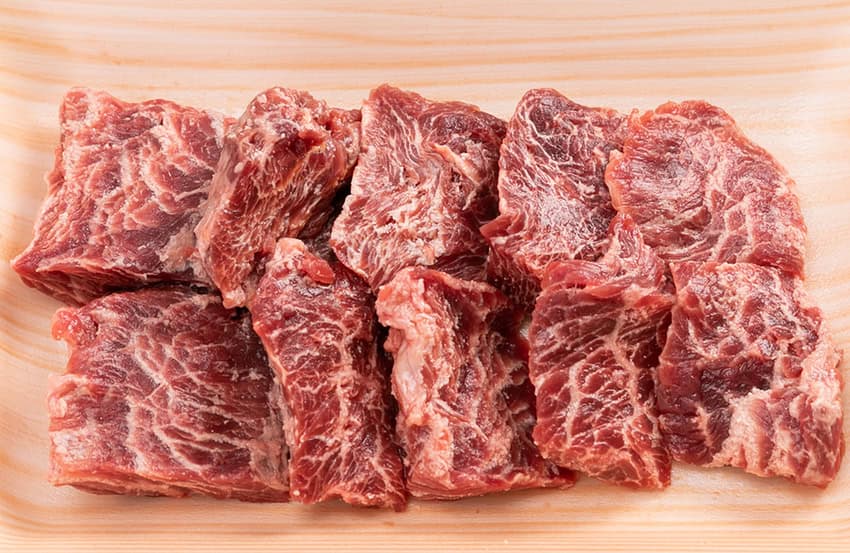

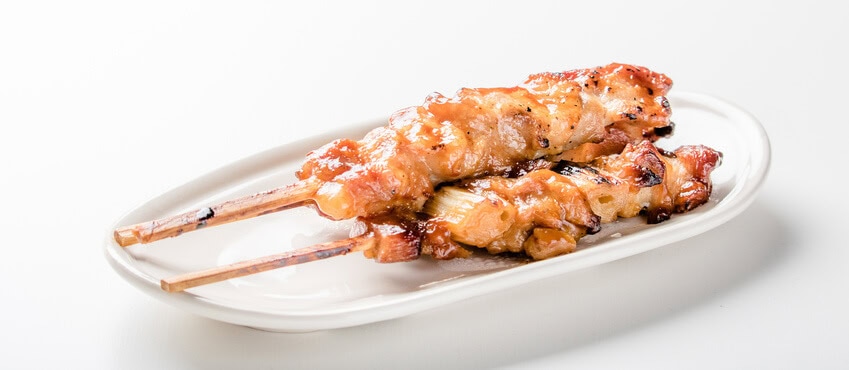

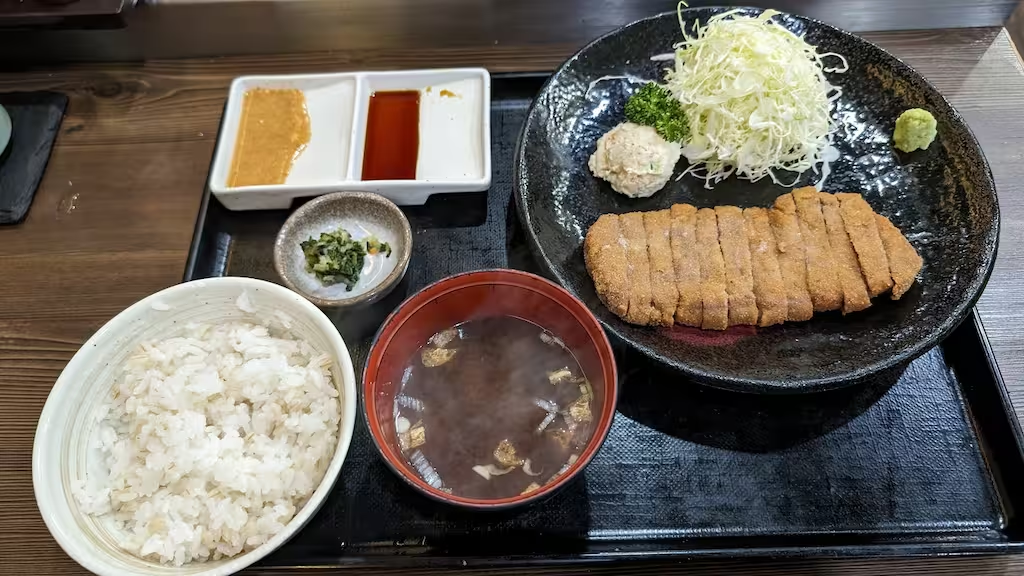

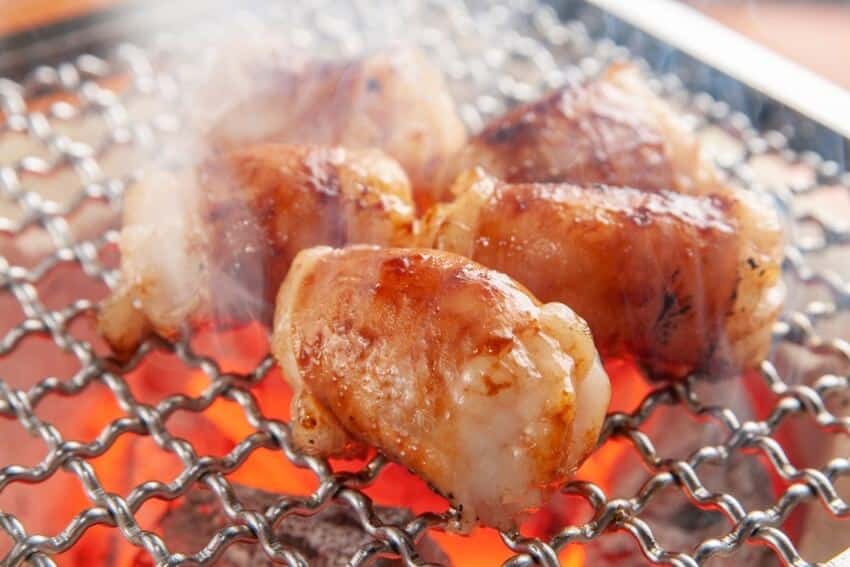


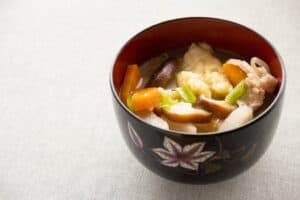


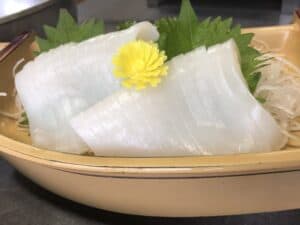

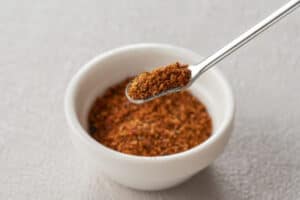
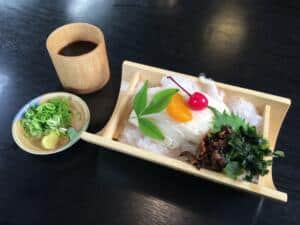
Comments